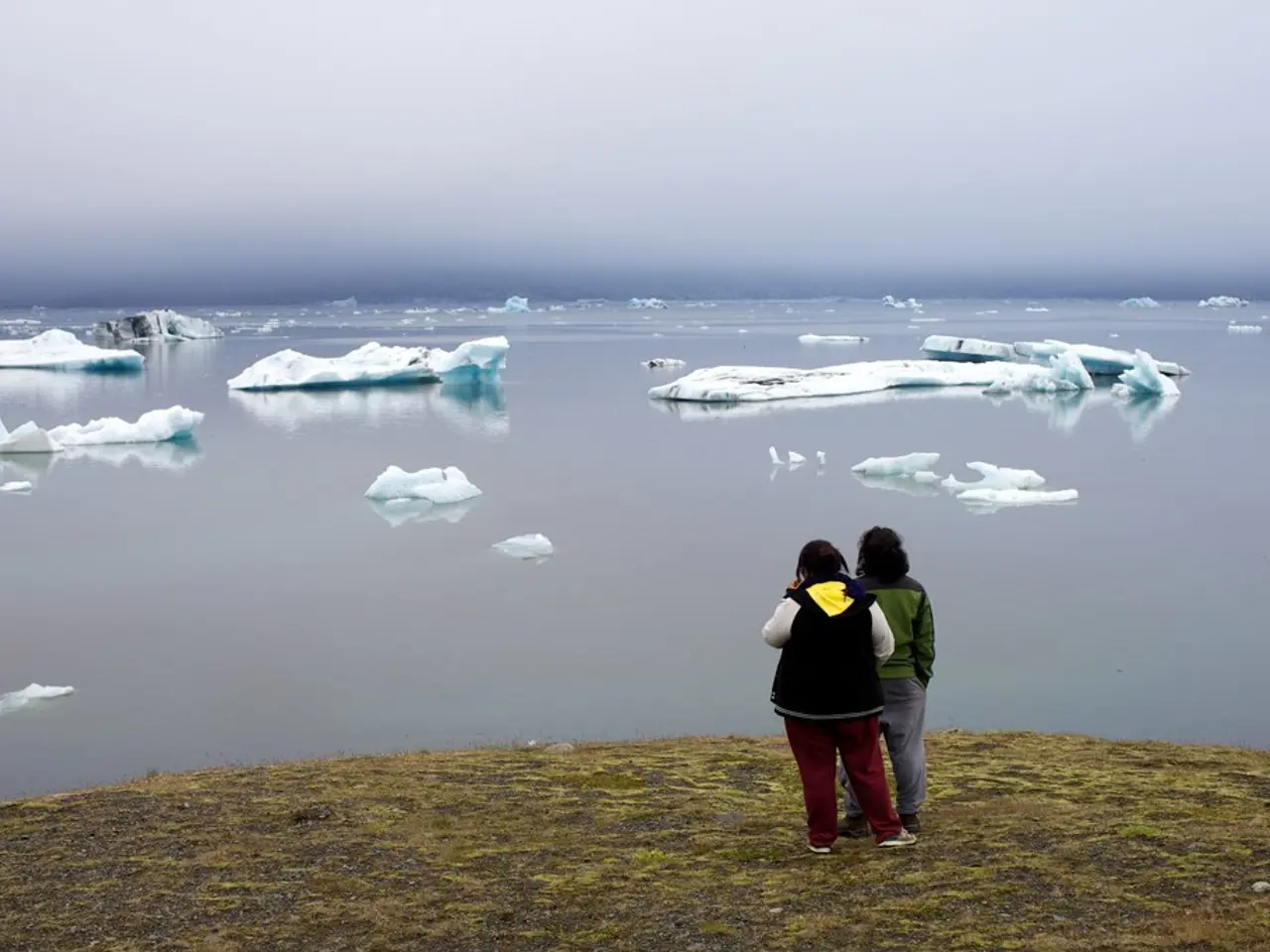Unprecedented Texas floods driven by exceptionally intense rainfall
On July 4, 2025, Texas experienced an unprecedented flooding event, with the Guadalupe River in Kerr County rising 26 feet in less than an hour, marking the second-highest recorded flood level. The flood was the result of a unique combination of meteorological conditions and geographical features.
The Hill Country region, particularly around Round Rock, was hit by highly concentrated precipitation, with daily rainfall exceeding 100 mm/day. A weak low-pressure system over Central Texas, indicated by slightly negative surface pressure anomalies, and temperatures significantly below the climatological average, with anomalies reaching –5 °C, further contributed to the heavy rainfall.
Elevated wind speeds, with strong southerly flow over the core impact zone and maximum values exceeding 30 km/h, enhanced moisture advection from the Gulf of Mexico. The remnants of Tropical Storm Barry, combined with the region's terrain and moisture from the Gulf, produced intense rainfall rates of 4 to 6 inches per hour at times.
The Balcones Escarpment, a geological feature, played a role by lifting moisture from the Gulf, increasing rainfall rates, and the terrain's steep hills and impermeable soil quickly directed water into creeks and rivers, exacerbating the flooding.
According to Jennifer Francis, an atmospheric scientist, and Rachel Cleetus of the Union of Concerned Scientists, climate change is supercharging extreme rainfall and raising the risk of flash flooding events. The U.S. Fifth National Climate Assessment states that human-amplified climate change is causing extreme rainfall events to become more frequent and intense.
The warmer atmosphere and oceans due to human-induced heat-trapping gases are contributing to more frequent and intense heavy rainfall events. In recent decades, the Gulf of Mexico has heated up dramatically, providing more moisture and energy for storms. This additional moisture and energy contributed to the extreme precipitation in Texas.
Climate change is also causing the Gulf to provide more moisture for storms, exacerbating flooding events. The atmospheric conditions favored slow-moving thunderstorms, increasing the odds of heavy rain and flash flooding. Some very clear meteorological signals, such as a tilted trough and a mesoscale convective vortex, also contributed to the extreme precipitation.
The mesoscale convective vortex spun the remnants of the tropical system, causing significant ascent or rising motion to activate moisture into condensation and precipitation. Tropical moisture from the Gulf, monsoonal moisture from the eastern Pacific, and remnant moisture from Tropical Storm Barry all contributed to the abundant moisture in the region.
As heat-trapping greenhouse gases continue to be emitted, heavy rains and floods in Texas will only worsen. This is a stark reminder of the urgent need to address climate change and its impacts on extreme weather events.
- The unexpected flooding event in Texas on July 4, 2025, was likely influenced by climate change, as atmospheric scientist Jennifer Francis and Rachel Cleetus of the Union of Concerned Scientists suggest, as climate change is known to supercharge extreme rainfall and increase the risk of flash flooding events.
- The extreme precipitation experienced in Texas was partially due to the warmer atmosphere and oceans caused by human-induced heat-trapping gases, which provide more moisture and energy for storms, thereby contributing to more frequent and intense heavy rainfall events.
- The flooding event in Texas was also exacerbated by climate change, as the warmer Gulf of Mexico provides more moisture for storms, which, combined with the region's terrain and the influence of mesoscale convective vortices, contributes to the occurrence of intense and prolonged rainfall.








